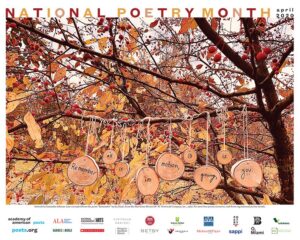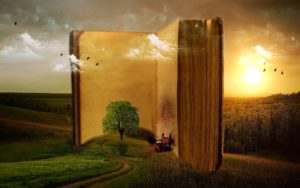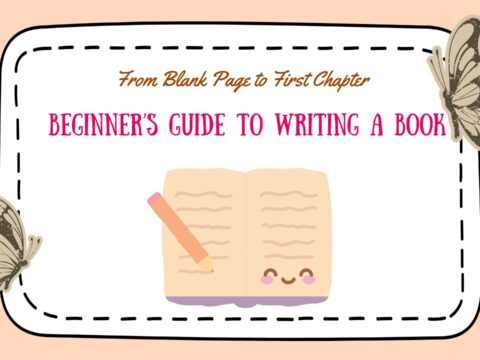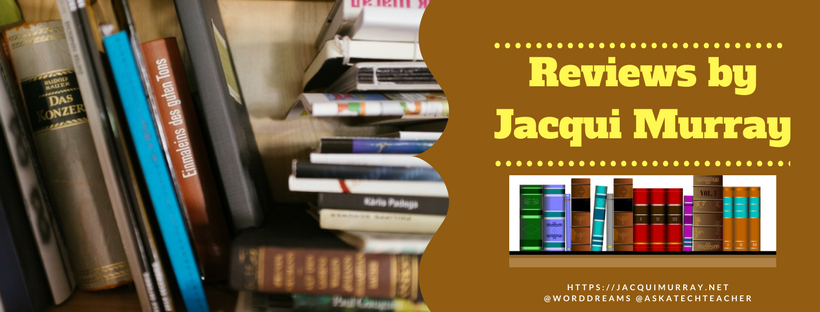
April is National Poetry Month. For thirty days, we celebrate the value and joy that poetry brings to our world. According to the Academy of American Poets, the goals are:
- Highlight the extraordinary legacy and ongoing achievement of American poets
- Introduce more Americans to the pleasures of reading poetry
- Bring poets and poetry to the public in immediate and innovative ways
- Make poetry a more important part of the school curriculum
- Increase the attention paid to poetry by national and local media
- Encourage increased publication, distribution, and sales of poetry books
- Increase public and private philanthropic support for poets and poetry
All across the nation, school, teachers, students, libraries, and families celebrate by reading, writing, and sharing poetry. Here are websites that do all that and more. Share them with students on a class page, Symbaloo, or another method you’ve chosen to share groups of websites with students.
When I was in high school, I was forced to learn poetry. I didn’t want to, saw no benefit to it, and unfortunately, the teacher didn’t change my mind. All that analyzing meaning and deconstructing stanzas went right over my head. Worse, selections such as Beowulf and anything by Elizabeth Barrett Browning seemed unrelated to my life and goals. Poems I loved like “The Charge of the Light Brigade”, “The Raven”, and “The Road Not Taken” were rare. It wasn’t until University, where I discovered that poetry speaks the language of dreams, that I fell in love with it.
Thankfully, today’s teachers communicate poetry’s essence much better than what I experienced.
What is poetry?
When many people think of poetry, they visualize flowing groupings of soulful words as pithy and dense as a fruitcake and for some, just as (un)appealing. I’ll get back to that in a minute, but first, here’s a definition (from Wikipedia):
an art form in which human language is used for its aesthetic qualities in addition to, or instead of, its notional and semantic content.
You are most likely to recognize a poem by its truncated lines that rarely end in a period (though this isn’t always true), the rhythm created when reading it, the liberal use of literary devices such as alliteration and similes, and its ability to tell an entire story in a very (very) few stanzas. A good poem not only communicates with words but with emotion, senses, and memories, it gives a reader permission to interpret the content in ways that speak to his/her dreams. It may ask a question or answer one but always, it encourages the reader to think.
Origins of poetry
The word “poetry” is from the Greek and rightly so as most historians agree it began in ancient Greece as a way to record cultural events or entertain listeners. It predates written text and back then, provided a colorful oral tradition where storytellers could relate tales or events either verbally or by singing. It also might have provided an easy way to memorize this information.
The two oldest surviving poems are the “Epic of Gilgamesh” written around 3000 B.C.E. and “Beowulf” written around 1000 B.C.E. The most famous poems are Homer’s “Iliad” and “Odyssey” and everything by William Shakespeare.
Why learn poetry?
Poetry is as much about the beautiful connecting of words as it is about rhythm, musical sounds, and verbal beats. Listeners may not understand all the verses or the meaning of the stanzas, but they’ll feel the cadence and want to read more. If poetry were a song, the words would be the notes, stanzas the lyrics.
The most powerful reason to learn poetry came to me only after I’d read hundreds — thousands — of poems. Poetry quite simply is another method of communication. Often, those who have difficulty conveying their ideas with traditional words and paragraphs have no problem when their thoughts and feelings are put to the beat of a poem. In this way, we as teachers can differentiate for the varied needs of our students, in this case, their need to communicate. Why not allow students to share their understanding of a book through poetry?
A seminal reason for teaching — and learning — poetry is to nurture creativity. Students who feel stifled expressing themselves with the four-syllable words and paragraph-long sentences of academic papers find themselves unleashed with poetry. In an era where creativity has become one of the most sought-after skills in students, nothing does that better than poetry (well, there’s music — I’ll talk about that in another article). Imagine the joy of discussing intricate ideas simplistically through well-chosen, carefully-arranged poetry. As any writer knows, there’s no better feeling of accomplishment than putting on paper what rattles around in one’s brain.
The most utilitarian reason to learn and teach poetry is one of the most popular in schools: Writing poetry is good practice. When composing poems, students gain command of language, cultivate a robust vocabulary, master literary devices, and learn to express themselves with imagery.
Types of Poetry
There are three main categories of poetry: narrative, dramatic and lyrical.
- Dramatic poetry is quite simply, drama written in verse. It’s a narrative in which characters use poetry to convey ideas and conversation. Shakespeare is probably the most recognizable example.
- Lyrical poetry is a short, highly musical verse that conveys powerful feelings through the use of selected rhyme, meter, and literary devices that create a song-like quality.
- Narrative poetry tells a story in metered verse. It does not require rhyme and includes genres like ballads and epics.
These three main categories often overlap. For example, an epic poem can contain lyrical passages or lyrical poetry can contain narrative parts.
Within the three categories are dozens of genres. Here are some of the most popular:
- acrostic
- ballad
- cinquains
- couplet
- epic
- free verse
- haikus
- limerick
- odes
- sonnets
Each genre follows its own set of rules that dictate structure, number and length of lines, number and length of stanzas, metering, and rhyming. None is better than the other, just a different way of communicating ideas. I won’t dig deeper into each but you can find detailed descriptions here.
 Why celebrate National Poetry Month?
Why celebrate National Poetry Month?
This brings me (finally) to the point of this post: National Poetry Month. National Poetry Month was started by the Academy of American Poets in 1996 and is now the largest literary celebration in the world. For the entire month of April, poets and wanna-be’s celebrate the value and joy that poetry brings to individuals and groups. According to the Academy of American Poets, the goals of National Poetry Month are to:
- highlight the extraordinary legacy and ongoing achievement of American poets
- introduce more Americans to the pleasures of reading poetry
- bring poets and poetry to the public in innovative ways
- make poetry a more important part of the school curriculum
- increase the attention paid to poetry by national and local media
- encourage increased publication, distribution, and sales of poetry books
- increase public and private philanthropic support for poets and poetry
All across the nation, school, teachers, students, libraries, and families celebrate by reading, writing, and sharing poetry. For one month — or one day — join them. You’ll be thrilled by the fires stoked and the passions ignited.
@poetsorg
More websites about poetry:
Poetry materials for teachers from Poets.org
TED Talk on Poetry: Why it is Important
Lots of poetry resources for K-8
Jacqui Murray has been teaching K-18 technology for 30 years. She is the editor/author of over a hundred tech ed resources including a K-12 technology curriculum, K-8 keyboard curriculum, K-8 Digital Citizenship curriculum. She is an adjunct professor in tech ed, Master Teacher, webmaster for four blogs, an Amazon Vine Voice, CSTA presentation reviewer, freelance journalist on tech ed topics, contributor to NEA Today and TeachHUB, and author of the tech thrillers, To Hunt a Sub. You can find her resources at Structured Learning.





































